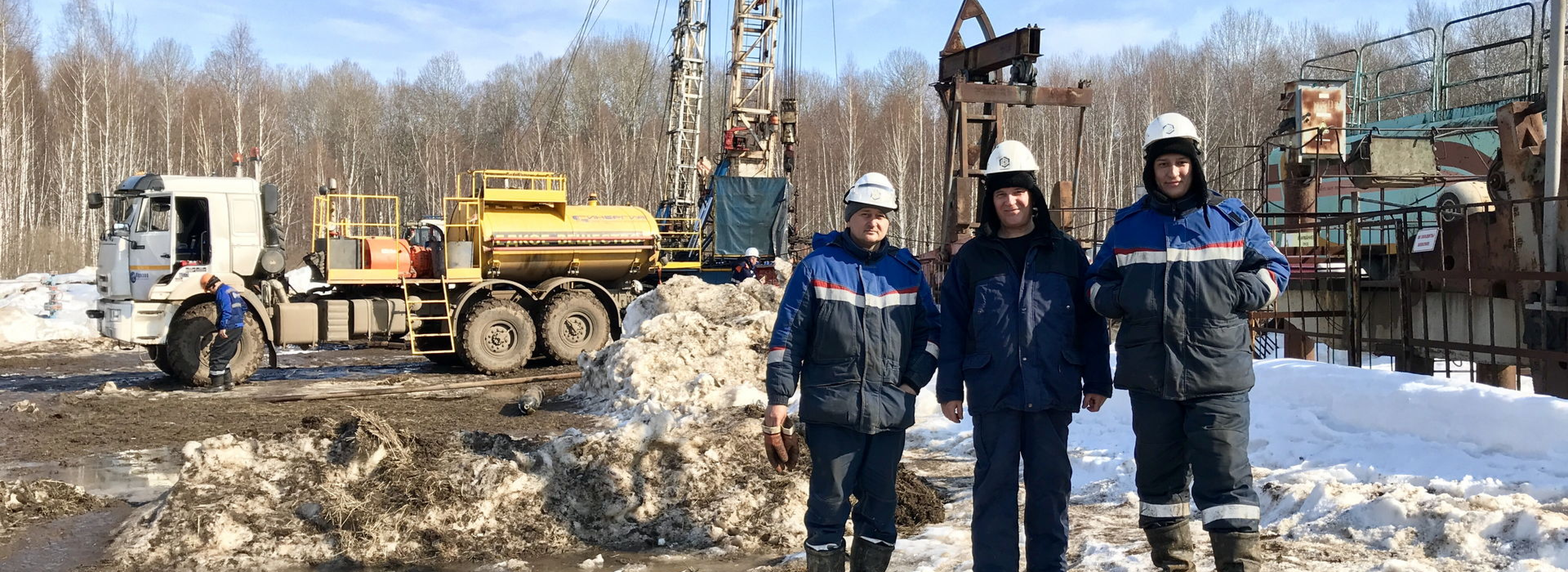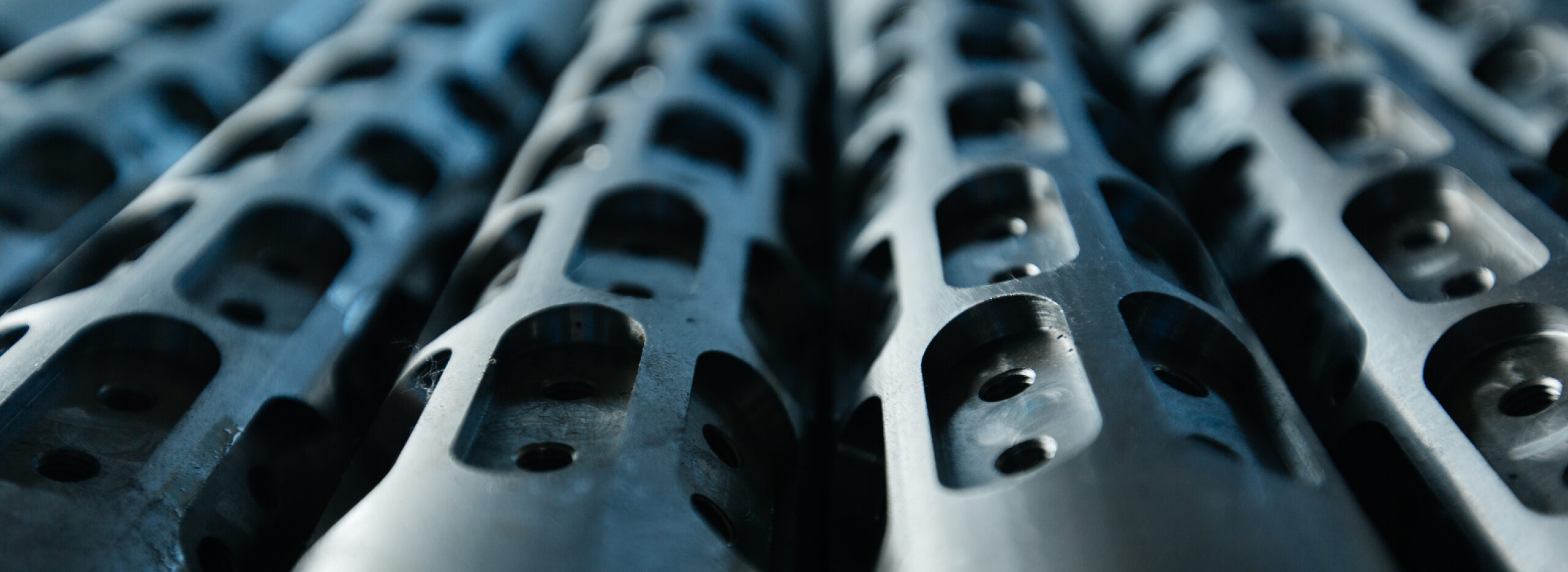 Field testing of new technology
Field testing of new technology


Many carbonate reservoirs require production stimulation. Reservoir heterogeneity, large lateral permeability differences along the reservoir, the proximity of water-saturated layers, as well as the technical condition of wells are common stimulation complications. In such conditions hydraulic fracturing has the risk of an accident and/or watered production. This greatly complicates efficient exploitation of fields and it is necessary to identify new methods to increase oil recovery.
Deep-penetrating acid treatments in radially drilled channels are applied to provide stimulation in carbonate reservoirs. Maximum four 69 mm (2-3/4″) diameter channels of up to 25m (82 ft.) are drilled along a pre-set trajectory. A special bottomhole assembly on jointed-pipes is deployed using a workover hoist. The technology allows re-entry of the drilled channels and acid treatment through the jet nozzle. The jetting nozzle has four 4.2 mm (11/64″) perpendicular nozzles, and the acid outflow rate is approximately 100 m/s. In addition to rock dissolution, wormholes are washed into the formation at exactly the most effective location.
A 3 well case-history is described where drilled radial channels with deep-penetrating acid treatments were applied through a jet nozzle in carbonate reservoir. Several 69 mm (2-3/4″) channels with a length of up to 14 m (45 ft.) were drilled a pre-set trajectory using a double-bend motor. The trajectories were analyzed with a memory directional survey. Acid treatment was performed using a jet nozzle in each channel. Well#1 included oil-saturated interlayers in the channels that were stimulated by targeted jet treatments using 15% HCl opposite each interlayer. The precisely located acid treatment removed the need for additional diverting treatments. In Well#2 the well damage challenge was solved by shutting-off cross flow near water-saturated interlayers behind the casing where standard bottom-hole treatments aren't effective. The horizontal channels from the mother-bore, together with the acid treatment, allowed successful stimulation of the reservoir while avoiding crossflow effected zones behind the casing. In Well#3, the laterals were successfully drilled and treated with acid. Many non-target upper perforation intervals were managed in addition to crossflows behind casing from below the reservoir. On average, oil increment increases at the wells amounted to a very successful 179% (2.8x production increase).
The first example of directional radially drilled channels with deep-penetrating acid treatment through a jet nozzle on carbonate reservoirs. The technology proved its effectiveness and the planned significant oil increment targets were achieved. This method is very promising due to the very common occurrence of carbonate reservoirs in need of effective stimulation. The introduction of technology into the regular production program can now be considered and is supported by the results of the described project.